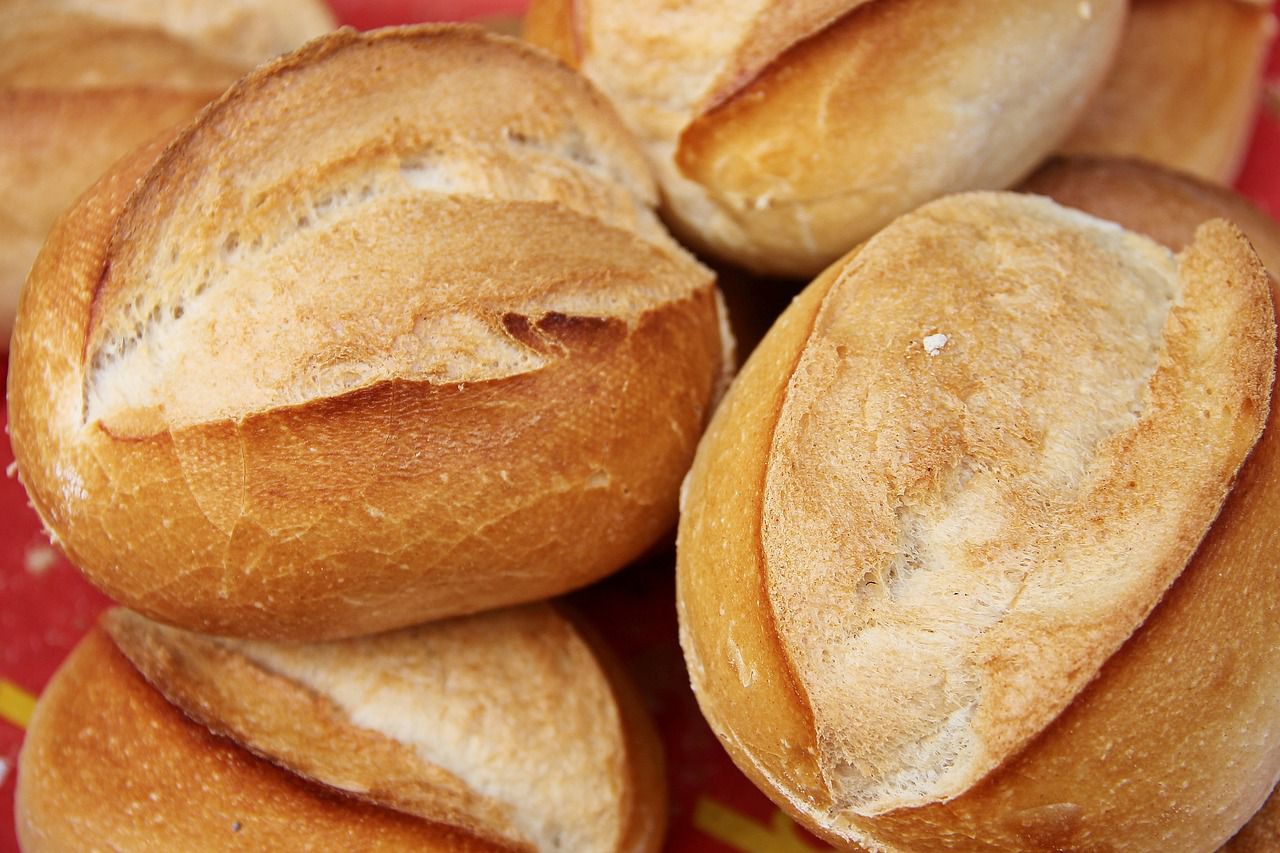Bread itself is not inherently unhealthy; its nutritional value depends on the type of bread, its ingredients, and how it fits into an individual's overall diet and health goals.
If you genuinely love bread and can't imagine your life without it, then you just should switch to healthier options.
Here's a breakdown of different types of bread and considerations for its healthiness.

Whole Grain Bread
Whole grain bread is generally considered a healthier option compared to refined white bread.
It contains the entire grain, including the bran, germ, and endosperm, which provides more fiber, vitamins, minerals, and antioxidants.
Whole grain bread can contribute to better digestion, lower risk of heart disease, and improved blood sugar control.
Multigrain Bread
This type of bread contains multiple types of grains, which can provide a variety of nutrients.
However, it's important to check the ingredient list to ensure that whole grains are included and not just refined grains.
Whole Wheat Bread
Made from whole wheat flour, this type of bread is a good source of fiber and nutrients.
It's a healthier choice compared to bread made from refined wheat flour.
Gluten-Free Bread
Gluten-free bread is a necessity for those with celiac disease or gluten sensitivity.
However, many commercially available gluten-free breads may be lower in fiber and nutrients compared to traditional whole grain bread.
It's important to choose gluten-free bread made from whole grains like brown rice, quinoa, or oats.












